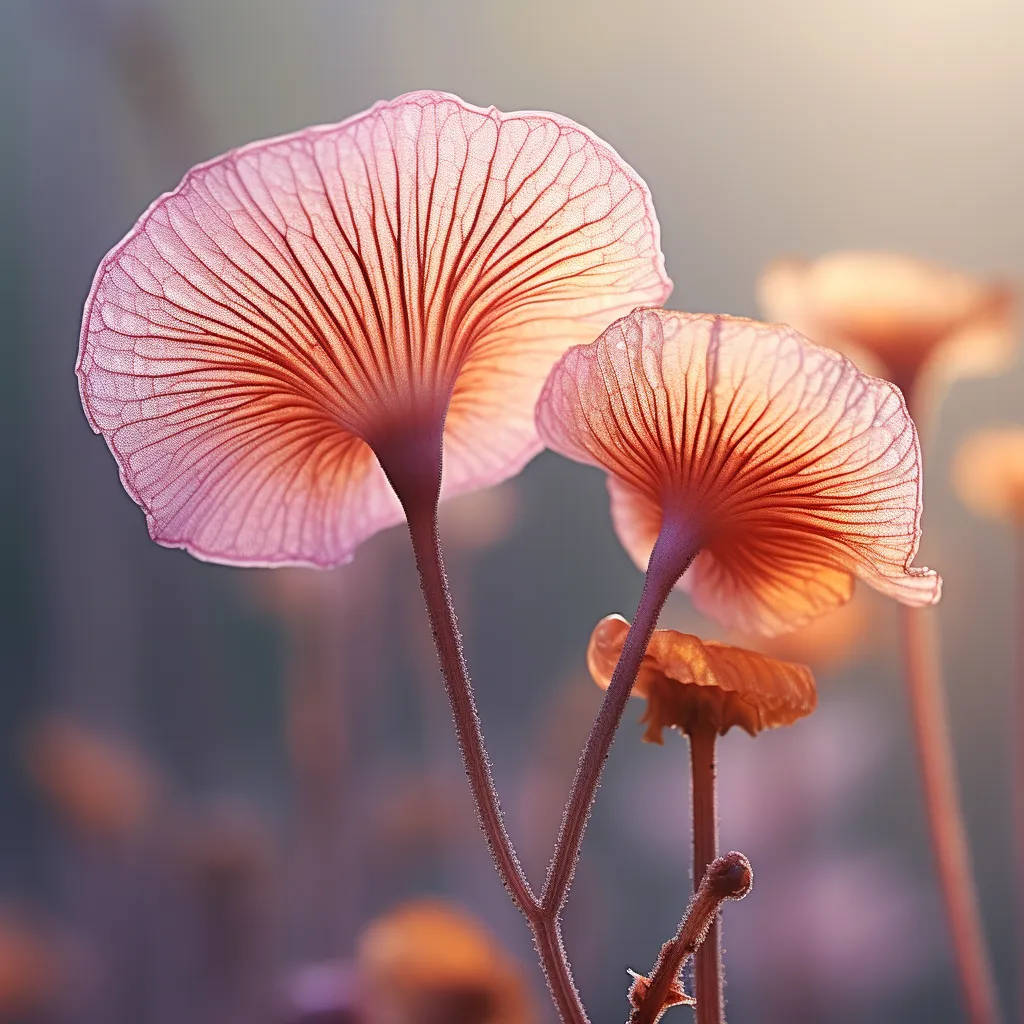Story of Day :
Contents
- 1 Anisodontea capensis ( Cape mallow) Plant Care Tips: The Ultimate Guide
- 2 Introduction to Anisodontea Capensis
- 3 Location and Sunlight Requirements
- 4 Soil Preparation and Watering
- 5 Fertilizing Your Cape Mallow Plants
- 6 Pruning and Deadheading
- 7 Pest and Disease Management
- 8 Growing Anisodontea Capensis in Containers
- 9 Summary
Anisodontea capensis ( Cape mallow) Plant Care Tips: The Ultimate Guide
Welcome to the ultimate guide on caring for Anisodontea capensis, commonly known as the Cape mallow! Whether you’re a seasoned gardener or a beginner, this beautiful flowering plant is a great addition to any garden.
In this article, we will explore all the essential tips and tricks for successfully growing and maintaining Anisodontea capensis.
Introduction to Anisodontea Capensis
Anisodontea capensis is a versatile evergreen shrub native to South Africa.
It belongs to the family Malvaceae and is loved for its vibrant flowers that bloom from spring until fall.
With its pretty pink or white petals and dark green leaves, it adds a pop of color and visual interest to any garden.
Location and Sunlight Requirements

To ensure optimal growth of your Cape mallow plant, choose a location that receives full sun exposure.
These plants thrive in bright sunlight, so make sure they receive at least six hours of direct sunlight each day.
.
Soil Preparation and Watering
Anisodontea capensis prefers well-drained soil that is rich in organic matter.
Before planting, prepare the soil by adding compost or aged manure to improve its fertility.
This will create an ideal growing environment for your Cape mallow plants.
When it comes to watering, keep in mind that these plants have moderate water requirements.
Water your Cape mallows deeply once or twice per week during dry spells or when rainfall is insufficient.
Avoid overwatering as it can lead to root rot.

Fertilizing Your Cape Mallow Plants
Regular fertilization is key to promoting healthy growth and abundant flowering in Anisodontea capensis.
Apply a balanced slow-release fertilizer in early spring, following the package instructions for dosage.
Repeat this process every six to eight weeks during the growing season.
Pruning and Deadheading
Pruning is an essential part of maintaining the shape and health of your Cape mallow plants.
Prune them back in late winter or early spring before new growth begins.
Remove any dead, damaged, or diseased branches to encourage fresh growth.

In addition to pruning, regular deadheading will prolong the blooming period of your Anisodontea capensis plants.
Remove faded flowers by pinching them off with your fingers or using garden shears.
This will redirect energy towards producing new flowers instead of seed production.
Pest and Disease Management
Anisodontea capensis is generally a hardy plant that is not prone to serious pest or disease issues.
However, like all plants, it can occasionally face some challenges:
- Aphids: These tiny insects can suck sap from the leaves and stems of your Cape mallow plants.
To control aphids, spray a mixture of water and insecticidal soap on affected areas.
- Rust: Rust can cause orange-brown spots on leaves.
To prevent rust from spreading, remove infected leaves promptly and avoid overhead watering.
- Mildew: Powdery mildew may affect your Cape mallow plant during periods of high humidity.
Ensure good air circulation around the plant by spacing them adequately apart.

Growing Anisodontea Capensis in Containers
If you have limited garden space or prefer container gardening, Anisodontea capensis can be grown in pots as well.
Choose a large container that allows for root growth and make sure it has drainage holes to prevent waterlogging.
Use a well-draining potting mix and follow the same care instructions as mentioned earlier.
Place the container in a sunny spot and water regularly, ensuring that excess water drains out completely.
Summary
Anisodontea capensis, or Cape mallow, is an attractive flowering shrub native to South Africa.
By following these care tips, you can successfully grow this beautiful plant in your garden:
- Choose a sunny location with good air circulation.
- Prepare well-drained soil rich in organic matter.
- Water deeply but avoid overwatering.
- Fertilize regularly during the growing season.
- Prune and deadhead to maintain shape and promote blooming.
- Manage pests and diseases promptly if they occur.
Cultivating Anisodontea capensis will reward you with stunning blooms that brighten up your outdoor space throughout the year.
Enjoy the beauty of nature with this delightful plant!</p